By an exceedingly narrow margin of 1.1% (around 4,000 votes), Alaskan voters narrowly approved a set of election reforms in 2020. The centerpiece of this plan was a new election system featuring a top-four primary and a general election using ranked-choice voting. While electoral reform advocates were ecstatic, the first trial run of this system – August 16th’s special election – has proven to be something of a disaster, with a winner still not in sight.
Ranked-Choice Woes
As it turns out, The Last Frontier is a poor choice for a test in ranked-choice voting. As of the time of writing this article, we still don’t know who has won, and we won’t even start getting ranked-choice voting tabulations until August 31 – over two weeks from the date of the election. Part of this can be tied to the ranked-choice voting system, but much of this owes to Alaska itself.
Alaska already has long elections due to its large number of small, rural communities disconnected from the rest of the state by road. Under this new system, an already lengthy election cycle is set to become even longer. Unfortunately, this sort of election wait – one that yields frustration and uncertainty among the electorate – may well become the norm.
Even further, the much-touted claims that ranked choice voting leads to candidates supported by the majority of the electorate will likely come crashing down, as this special’s seemingly narrow winner will almost certainly have less than 50% of ballots cast, due to a large number of exhausted ballots. This convoluted system has almost certainly resulted in some confusion among the electorate – but it doesn’t have to be this way.
Approval Voting Could Solve These Issues

It’s no secret that Alaska’s ranked-choice voting system is designed to support moderate, coalition friendly candidates. While cross-party coalitions have long been a fact of life in Alaska politics, Republican voters have become increasingly hostile to them and routinely remove coalition Republicans in primaries. Removing partisan primaries makes it harder for coalition-friendly candidates, or affable moderates like Lisa Murkowski, to be ousted. Regardless of the merits of this concept, however, this doesn’t need to be achieved through ranked-choice voting. A superior option that can achieve the same outcome is approval voting.
Approval voting is simple – like with the traditional first-past-the-post system, all candidates are listed on the same ballot, and the candidate with the most votes wins. The difference, however, is that voters can vote for as many or as few candidates as they like. It’s possible for multiple candidates to receive over 50% of the vote, or none of them, but the constant is that the one with the most votes cast will win.
Approval Voting’s Benefits
Because approval voting functions so similarly to a normal FPTP ballot, it could be counted just as quickly. Many, if not most, Americans are familiar with the concept of voting for multiple candidates – it’s quite common for county commissions, city councils, and school boards to allow voting for multiple candidates, and these elections are counted just as quickly as traditional first-past-the-post ones are. Because most voters are familiar with a concept similar enough to approval voting, it would also be a less confusing system to explain and to operate.
Moreover, approval voting manages to achieve the same end as ranked-choice voting: creating a system where the most broadly supported candidate wins. While I’ve typically advocated for approval voting in primary elections, where it could tamp down on the trend of polarizing candidates winning primaries with small fractions of the vote, there’s no reason it couldn’t be used in a general election as well. An approval voting system would encourage candidates to appeal to the broadest portion of the electorate – the same goal ranked-choice advocates seem to have.
How Approval Voting Could Work
Alaska wouldn’t need to change much to switch to approval voting. The multi-party primary could operate as usual, with voters selecting a single candidate – or it could be switched to approval voting, allowing them to select multiple. Either way, the top four vote-getters would advance. The general election could then operate with approval voting – voters select all the candidates they approve of, and the one with the most votes wins.
The end result would be functionally quite similar to the ranked-choice system, but it would be less confusing to operate and explain and less time-consuming to count. It’s hard to see any real downside to using it instead of ranked-choice voting.


2 Comments
Pingback: Alaska's Ranked-Choice Voting System Needs Reform | #alaska | #politics - We Find All The BS In Politics
Approval voting is certainly better than traditional first-past-the-post voting – not exactly an Olympic height bar. But if I were voting an approval-voting ballot I’d be reluctant to approve any candidate other than my favorite even though I might find some quite acceptable – approving others could hurt my favorite, reducing her chances of being elected. If enough voters realize this and approve only their favorite, approval voting morphs into FPTP voting and we’re back to square one.
There are other voting reforms which – like approval voting – give voters’ greater influence. But these other reforms let voters take advantage of that greater influence without potentially hurting their favorite.